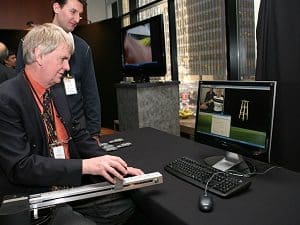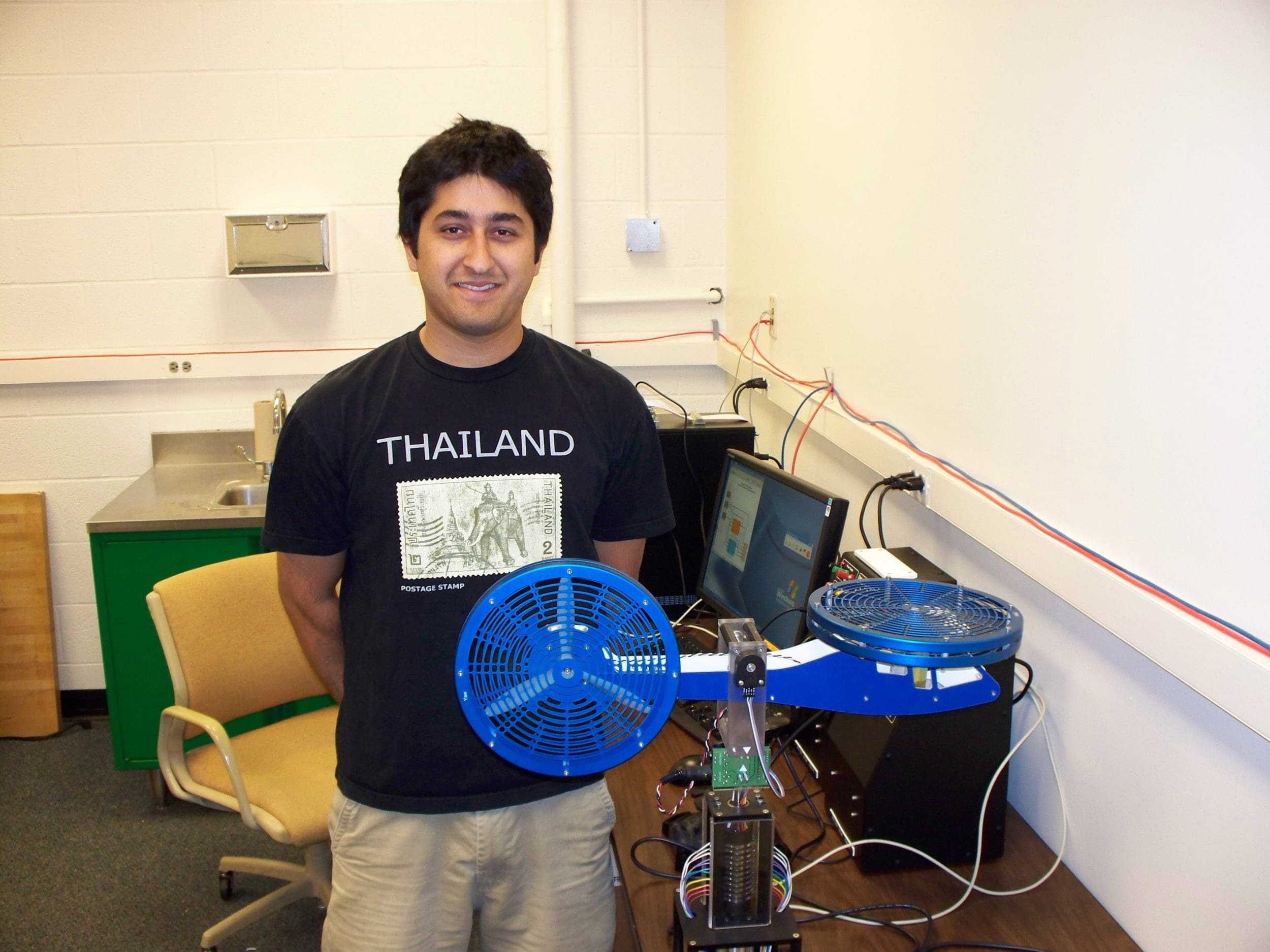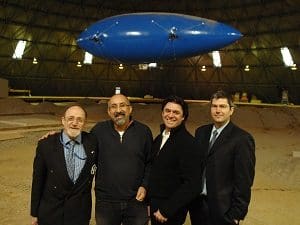
Around the world, researchers are working to advance technology for medical assistive devices. In Canada, leading researchers and industry partners have joined forces in the Intelligent Computational Assistive Science and Technology network (ICAST) to advance intelligent technology for the assistance of seniors and people with disabilities. The aim is to develop and enhance technologies that are both effective and affordable while improving Canada’s global competitiveness.
A founding partner in this unique network, Quanser has been developing state-of-the-art haptic robotic technology to create interactive, intelligent devices and software that will revolutionize medical treatment and rehabilitation methods. In partnership with the University of Toronto and Toronto Rehabilitation Institute (Toronto Rehab), Quanser is developing a commercial product for limb rehabilitation in stroke victims – the Autonomous Upper-Limb Stroke Rehabilitation Device, or rehab robot.
Challenge
Effective treatment delivered faster to a greater number of patients
There are several ambitious aims for the rehab robot, such as allowing patients to play a more active role in their own treatment, reaching a greater number of people, and delivering more effective treatment faster. Quanser’s task was to meet all of these aims.
At the heart of Quanser’s challenge was the need to develop a robotic device that would accurately replicate traditional rehabilitation exercises and allow a patient to accurately ‘feel’ realistic force and pressure. “The rehab robot is mimicking the task it’s designed to replicate – a reaching exercise to strengthen the affected limb,” says Dr. Geoff Fernie, VP Research at Toronto Rehab.
Current limb rehabilitation requires the patient to visit a clinic many times for repeated manual therapy. One common exercise sees the patient pushing a stool to and fro, side to side, while the therapist applies varying levels of force, making it increasingly difficult for the patient to move the stool. The rehab robot will allow patients to conduct the same exercise in the comfort of their own homes by pushing on the robotic arm, feeling resistance, and watching the results on a video monitor.
The system requires the capability to provide realistic sensory feedback for the patient while also enabling the robot to sense how to accurately respond to each patient. For instance, the system must know how hard to ask the patient to push up or down, and be able to react accordingly.
Solution
From concept to prototype in less than three months
The rehab robot represents a multi-faceted, cutting-edge solution to ongoing treatment issues. Quanser, with its real time control software and experts in advanced robotics and haptics, was able to take this revolutionary idea from concept through to prototype development in under three monthss.
Quanser is one of few companies with the ability and expertise to add sensory elements to robots and machines that will allow the user to touch, feel and respond to realistic sensations. Using this expertise, Quanser developed a robotic prototype that incorporated valuable input from Toronto Rehab therapists throughout the process. This enabled Quanser to ensure that the device was effective in providing realistic feedback and the appropriate range of motion.
Quanser also worked with the University of Toronto’s Intelligent Assistive Technology and Systems Lab (IATSL), which provided the artificial intelligence (AI) component that allows the Quanser robot to respond to a patient’s progress and modify the exercise accordingly.
Quanser is able to seamlessly integrate the new technology from both a hardware and software standpoint, to achieve the most realistic and marketable device possible. Quanser’s team created the physical (robotic) and virtual (rehab simulations) interface between the user and the computer. After discussing specific requirements and parameters with the client in detail, Quanser engineered three independent components were for this system. The first is the physical robotic system which was simplified and then pieced together from components that Quanser designers were familiar with as well as standardized components available from select suppliers. The second piece is the controls algorithm which was rapidly developed and tested in WinCon. The third and final component is the Java interface that runs a variety of virtual training sessions and communicates with the real-time robotic process via shared memory space.
During the solution implementation process, Quanser places great importance upon its one-on-one interaction with partners and clients, placing a lead engineer in direct contact with the client during the entire project for efficient, high-level communication.
Quanser is also very flexible and responsive to its clients’ needs. In this case, for instance, one important requirement of the client was to conduct timely research and publish findings.
Result
More accessible and effective rehabilitation
The rehab robot is a great example of how Quanser develops revolutionary technology that significantly impacts everyday life, in this case putting a new spin on modern-day rehabilitation methods that will have implications for treatment all over the world.
Commercial use for the rehab robot is anticipated in one to two years. Dr. Alex Mihailidis, head of IATSL, says clinicians and therapists are very excited about the device and its potential for both the clinic and home environments. “You can only do so much in the clinic,” he explains. “When you send the patient home, if they don’t continue the exercises or don’t do them properly, it may actually result in a decrease in their ability.”
It is expected that a single therapist could treat up to four times as many patients using this new approach. With patients able to use the device at home, treatment will become more accessible, even in rural areas. The new technology also promises more effective results than traditional limb rehabilitation therapy.
With about 400,000 people recovering from strokes in North America, and with an aging population, this device has huge potential value to treat a growing number of patients and relieve strain on overburdened healthcare systems.
Quanser’s new technology will also open doors to developing a range of new tools and devices to assist and enhance the lives of seniors and the disabled. “These haptic robotic devices could also be used to help rehabilitate people injured in car accidents or disabled from arthritis, heart disease or other conditions,” says Dr. Fernie.


